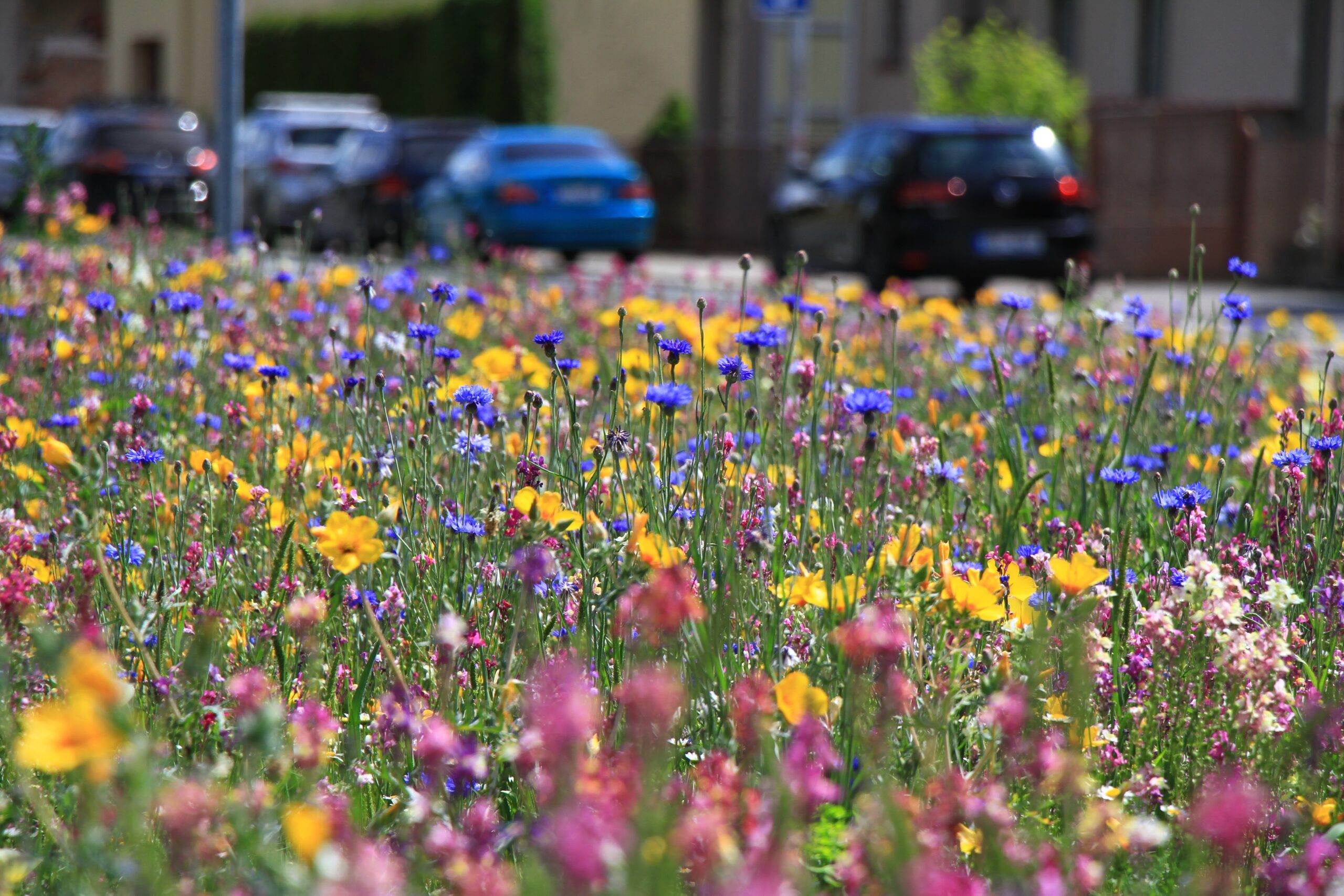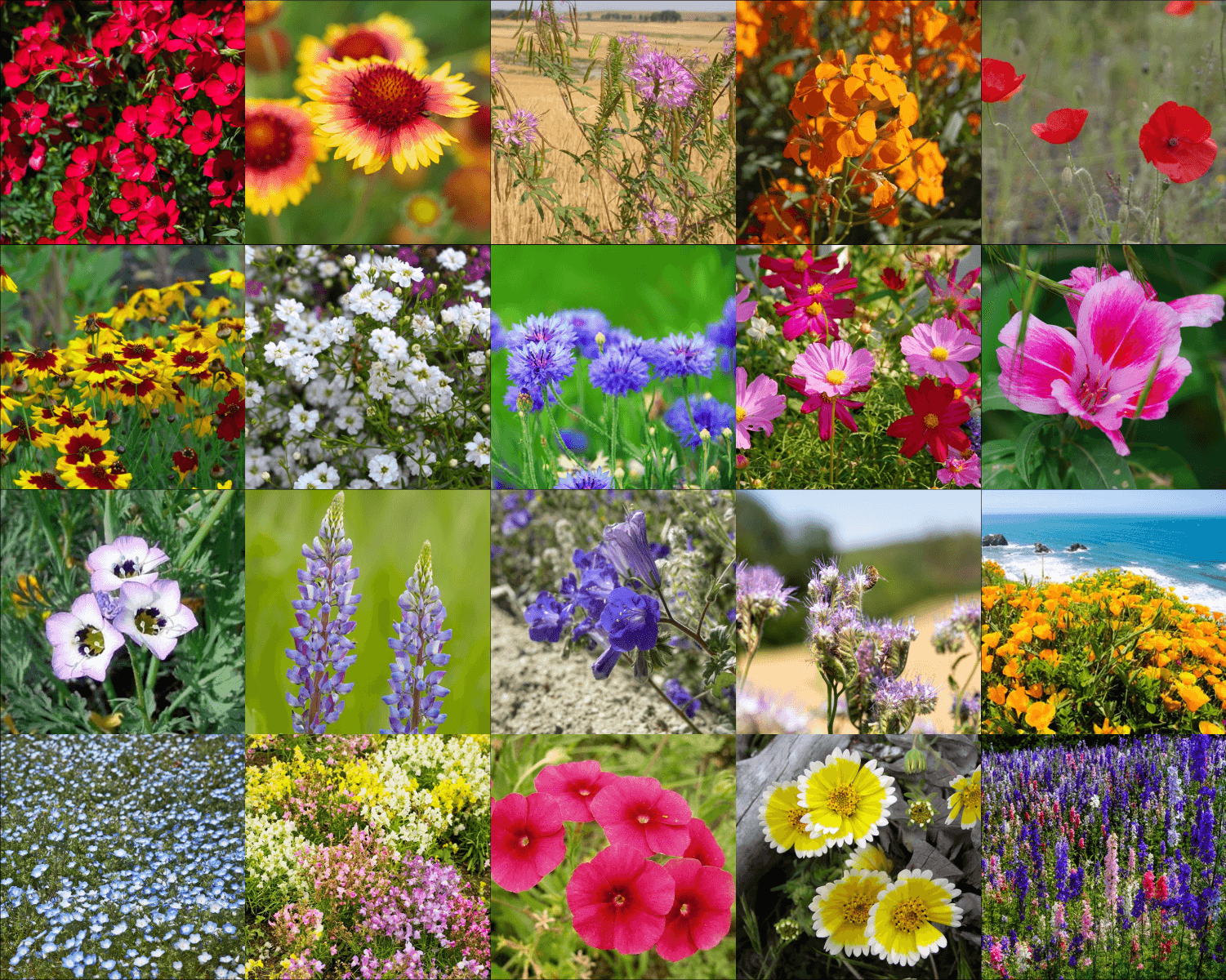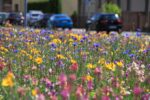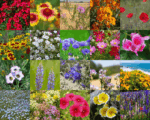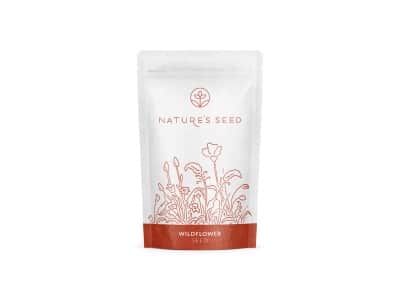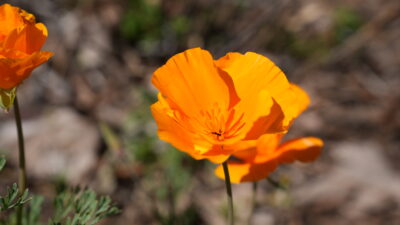Buy more and save!
Coverage Area
Price
167 in stock
167 in stock
$29.99
Scientific name: Helianthus annuus This annual native wildflower can be found throughout most of the country, growing along roadsides, fence lines and meadows. Annual sunflower can reach up to 6 feet tall and produces multi-stemmed, sun-like flower heads. Drought tolerant and easy to grow, annual sunflower has many uses. The seeds are an excellent food source for birds, especially doves. Often used as a component in upland game food plots. Also has some use as a cover crop.
Most orders ship within 3 to 4 business days. More information
Overview
Helianthus annuus, commonly known as the annual sunflower, is a quintessential North American wildflower noted for its rapid growth, towering stature, and classic daisy-like blooms. Native populations thrive along roadsides, fence rows, and open meadows from coast to coast, establishing easily in disturbed soils and full-sun sites. Mature plants commonly reach heights of 4–6 feet, producing multiple branching stems topped with vibrant, yellow flower heads that follow the sun throughout the day.
Agronomic Characteristics
Annual Lifecycle: Germinates in spring, flowers midsummer through early fall, and sets seed before frost.
Growth Habit: Multi-stemmed, erect bunch that quickly forms a robust canopy of coarse leaves and flowering heads.
Soil & Climate Tolerance: Performs reliably on a wide range of well-drained soils, including sandy or loamy sites, and endures periods of drought once established.
Key Benefits & Uses
Wildlife Forage: The large seeds are a high-energy food source for birds—especially mourning doves, cardinals, and finches—and attract beneficial insects.
Food Plot Component: Often included in upland gamebird food plots to provide both cover and nutrition for quail, pheasant, and turkey.
Cover Crop Value: Acts as a quick-maturing cover crop, suppressing weeds, reducing erosion, and adding organic matter when tilled under.
Pollinator Support: The nectar-rich blooms draw bees, butterflies, and other pollinators, enhancing biodiversity in meadow and garden settings.
Planting & Management
Seeding Rate: 4–6 pounds per acre in drills; 2–3 pounds per acre for broadcast applications.
Planting Window: Sow after last frost when soil temperatures exceed 50 °F; stagger plantings for extended bloom.
Seedbed: Prepare a firm, weed-free seedbed with pH 6.0–7.5; minimal fertility is required, though a light starter fertilizer can boost early vigor.
Care: Water lightly through establishment; mature stands generally self-sustain. Deadhead spent blooms to encourage continued flowering or let seed heads mature for wildlife use.
Ideal For
Naturalized meadows and roadside plantings
Upland game and dove food plots
Low-input cover cropping systems
Pollinator gardens and ecological restoration projects
With its iconic flower heads and versatile utility—from wildlife attraction to soil stabilization—annual sunflower is a striking and functional addition to any landscape seeking quick color, habitat value, and agricultural benefit.
| Weight | 0.5 lbs |
|---|---|
| Dimensions | 6 in |
